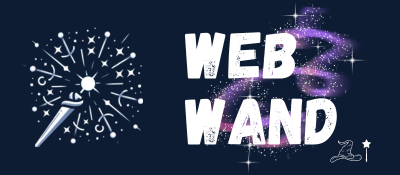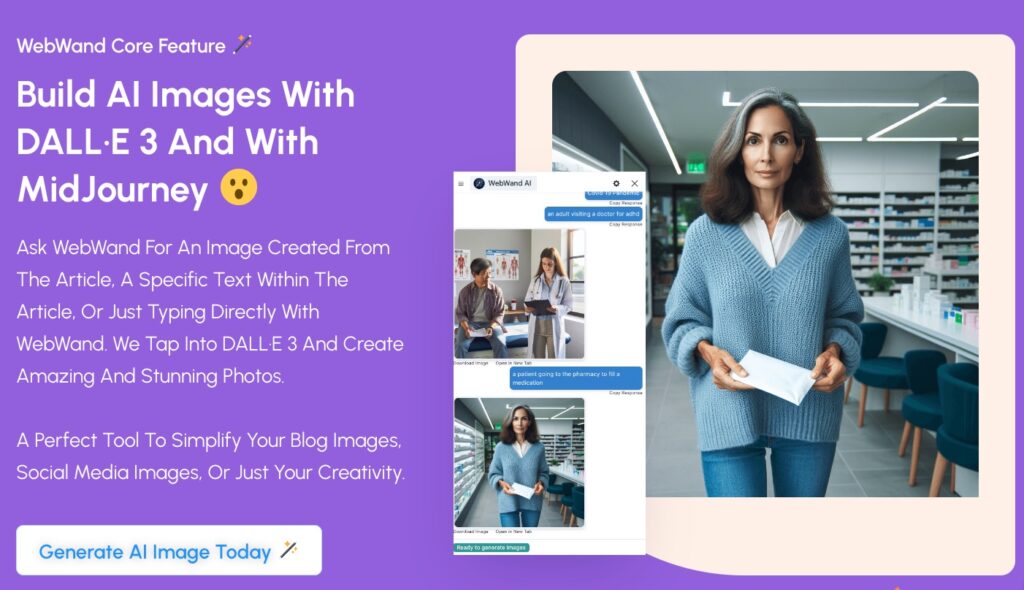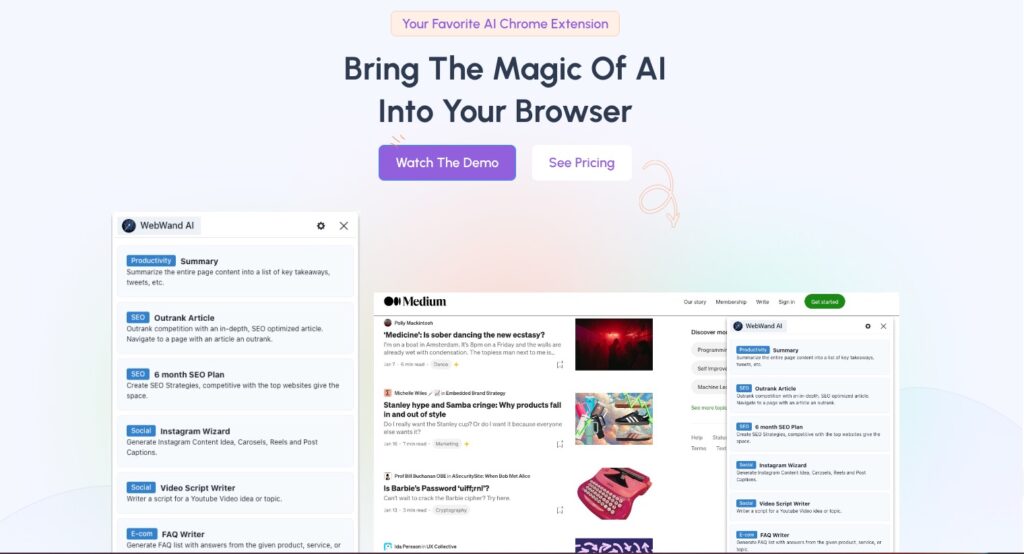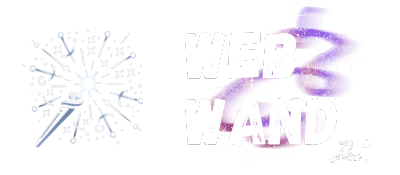As artificial intelligence continues to revolutionize various industries, the art world is no exception. A new genre of artists is emerging, harnessing the power of AI to create stunning and thought-provoking pieces. In this comprehensive guide, we explore the rise of the best AI artists, their incredible achievements, and how they are reshaping the intersection of art and technology.
A Short Summary on AI Artists
- AI artists are revolutionizing the art world, creating captivating images with machine learning and prompting important conversations about authenticity.
- This guide highlights some of the top AI artists in 2023 who have achieved success through auction successes, gallery representation and increasing collector interest.
- It also provides guidance for aspiring AI artists on popular generators, educational resources and supportive communities to connect & collaborate.
The Rise of AI Artists

The emergence of AI artists has been nothing short of remarkable. These pioneers are pushing the boundaries of traditional artistic mediums, using AI algorithms and machine learning techniques to create visually stunning and emotionally impactful pieces.
As the creative landscape evolves, the intersection of art and technology is becoming increasingly prominent, sparking fascinating debates, and raising ethical questions.
Machine Learning in Art
Machine learning has played a significant role in the development of AI-generated art. By leveraging technologies such as generative adversarial networks (GANs) and diffusion models, AI art generators can create unique and captivating images in response to text prompts. These advancements have not only expanded the realm of artistic possibilities, but also transformed the creative process, empowering artists to explore new depths of expression.
AI art generators are capable of producing a wide range of visuals, from abstract shapes to realistic ai images, and understanding how AI art generators work can help you appreciate the complexity and creativity behind these tools. With the power of ai image generation, these ai image generators can generate images, creating stunning and unique pieces of art using a free ai art generator.
The Intersection of Art and Technology
The fusion of art and technology has given birth to innovative art forms like digital installations and virtual reality experiences, as well as the rise of digital art creation. This convergence has also revolutionized how art is produced and consumed, with online platforms and social media enabling artists to engage with a global audience.
As the boundaries between art and technology continue to blur, the question of authenticity and the evolving role of human artists in this brave new world remains a hot topic for debate.
Top AI Artists of 2023
As we venture into 2023, a new generation of AI artists is making waves in the art world. These trailblazers are leveraging AI to create thought-provoking and visually stunning pieces, showcasing their unique styles and techniques.
In this section, we present a curated list of the top AI artists who are pushing the boundaries of artistic expression and transforming the landscape of contemporary art.
Sougwen Chung
Chinese-Canadian artist Sougwen Chung is at the forefront of human-machine collaboration in art. Her innovative approach involves designing custom robots programmed with neural networks trained on her drawings. Through this collaboration, Chung explores the relationship between humans and machines and the potential for creativity and shared expression.
Chung’s work has been featured in numerous exhibitions and festivals around the world, including the Barbados Festival.
Memo Akten
London-based AI artist Memo Akten is known for his immersive films and visionary projects. His thought-provoking piece “Deep Meditations” uses machine learning to generate a visual exploration of how humans interpret the world. Trained on a vast array of images, Akten’s neural network creates a captivating and continuously evolving visual experience.
The piece is a reflection of the complexity of the human experience, and how our understanding of human experience has evolved.
Mario Klingemann
Mario Klingemann, a pioneer in the field of AI art, has made groundbreaking strides in creating AI-generated art pieces. His work “Memories of Passersby I” was one of the earliest AI art pieces to be sold at auction, highlighting the growing influence of AI artists on the art market.
AI art is becoming increasingly popular, with more and more artists turning to AI to create unique art.
Refik Anadol
Turkish AI artist Refik Anadol is renowned for his interactive AI projects and architectural transformations. Utilizing machine learning, Anadol’s works challenge the traditional boundaries of artistic expression and showcase the potential of AI to create mesmerizing visual experiences.
Anadol’s works have been featured in numerous exhibitions and festivals around the world.
Helena Sarin
Helena Sarin is a visual artist and software engineer who masterfully employs Generative Adversarial Networks (GANs) to create striking and adventurous art pieces. Sarin’s artistic sensibility, combined with her technical prowess, sets her apart as a force to be reckoned with in the AI art world.
Her works have been featured in numerous exhibitions and publications, and she has been invited to speak at conferences.
Gene Kogan
Artist and programmer Gene Kogan is a prominent figure in AI-generated art. Kogan’s research revolves around generative systems, computer science and software that supports creativity and self-expression. He is particularly interested in these topics as they can help drive progress in various fields. He is also renowned for creating the world’s first decentralized autonomous artist, further pushing the boundaries of AI-generated art.
Kogan’s work has been featured in numerous publications, including The New York Times.
Mike Tyka
Mike Tyka, a Google engineer and AI artist, co-founded the Artists and Machine Intelligence program. His research on DeepDream has been instrumental in popularizing artificial neural networks as an artistic medium. Tyka’s contributions to AI art have expanded the creative possibilities for artists worldwide.
The program has enabled artists to explore the potential of AI-generated art, and has opened up new avenues for artists to explore the potential of AI-generated art.
The Influence of AI Artists on the Art Market
AI artists are making a significant impact on the art market. From achieving notable auction successes to gaining representation in galleries, these artists are attracting the attention of collectors and investors alike. As art models evolve, AI artists continue to push the boundaries of creativity.
In this section, we’ll delve into the various ways AI artists are influencing the art market, including auction sales, gallery exhibitions, and collector interest.
Auction Successes
AI-generated art pieces have achieved impressive results in auction houses such as Christie’s and Sotheby’s, selling for thousands, even hundreds of thousands of dollars. This success has sparked interest from collectors and investors, validating the significance of AI-generated art in the art world.
Gallery Representation
AI artists are increasingly being represented in galleries and art exhibitions worldwide. Some galleries even specialize in AI art, further legitimizing this genre and increasing its visibility in the art world.
As AI-generated artworks gain prominence, they challenge traditional notions of artistic expression and redefine the boundaries of creativity.
Collector Interest
Collectors are increasingly fascinated by AI-generated art, with some dedicating entire collections to this genre. This growing interest has helped establish AI art as a legitimate and valuable form of creative expression.
As more collectors invest in AI-generated artworks, the art market will undoubtedly continue to evolve and adapt to this innovative new medium.
Ethical Considerations Surrounding AI Art
As AI-generated art grows in popularity and influence, it raises a number of ethical concerns and debates. In this section, we address issues such as copyright, authenticity, originality, and the potential loss of creative jobs, exploring the ethical implications of AI-generated art and its impact on the art world.
AI-generated art has the potential to revolutionize the art world, but it also raises a lot of questions.
Copyright Challenges
The rise of AI-generated art brings complex copyright issues to the forefront. With AI-generated art lacking clear ownership, questions arise regarding who should be attributed for the work and who holds the rights to the artwork.
As AI-generated art continues to gain prominence, copyright law will need to adapt to address these challenges.
Authenticity and Originality
The authenticity and originality of AI-generated art is a topic of ongoing debate. While AI-generated images are undeniably unique, some argue that true art is that which is distinct and evokes emotion in a way that has never been experienced before. As AI continues to play a larger role in the artistic process, the question of authenticity and originality will remain a pertinent issue.
The debate surrounding AI-generated art is complex and multifaceted. It is clear that AI is a problem.
Impact on Creative Jobs
The emergence of AI-generated art raises concerns about the potential loss of traditional creative jobs. While AI-generated art may automate certain creative tasks, it can also create new job opportunities, such as developing AI algorithms and creating AI-generated art.
As the art world adapts to the rise of AI-generated art, the role of human artists will continue to evolve.
How to Get Started with AI Art
For those interested in exploring the world of AI-generated art, there are numerous tools, resources, and communities available to help you get started. In this section, we provide guidance for aspiring AI artists, including popular AI art generators, educational resources, and supportive communities to connect, collaborate, and share your work.
Popular AI art generators include Google’s DeepDream, RunwayML, and Artbreeder, which are considered some of the best AI art generators available today.
AI Art Generators
Popular AI art generators and platforms, such as PhotoSonic, MidJourney, NightCafe, Dream by WOMBO, CF Spark Art, OpenAI’s AI art generator, Craiyon, Jasper Art, and Bing Image Creator, offer a range of features for aspiring AI artists. These tools provide an accessible and enjoyable means to experiment with AI-generated art and expand your creative horizons.
With these tools, you can create unique and interesting art pieces with minimal effort. You can create images that captivate your audience and showcase your artistic talent.
Educational Resources
Online courses, workshops, and tutorials offered by platforms like Udemy, Parsons School of Design, and AI for Artists and Musicians provide valuable educational resources for learning about AI art. These resources offer a comprehensive introduction to AI-generated art, helping you develop the skills and knowledge necessary to create your own AI-generated masterpieces.
From understanding the basics of AI art to exploring the potential of AI-generated art, these resources cover everything from understanding the basics of AI art to exploring the potential of AI-generated art.
Communities and Networks
Supportive communities and networks, such as the world’s largest community of artists exploring artificial intelligence, provide a platform for AI artists to connect, collaborate, and share their work. By joining these communities, aspiring AI artists can gain valuable insights, feedback, and connections, helping them to grow and develop in the rapidly evolving world of AI-generated art.
These communities offer a unique opportunity for AI artists to learn from each other and share ideas.
Summary
The rise of AI artists and their impact on the art world is undeniable. From revolutionizing the creative process to challenging the boundaries of traditional artistic mediums, AI-generated art is transforming the art world as we know it. As we continue to explore the possibilities of AI-generated art, we must also address the ethical concerns and debates that accompany this innovative new medium. The future of art is undoubtedly intertwined with the advancements of AI, and we are only just beginning to witness the potential of this remarkable fusion.
References:



